Summary
- Start with softer science fiction novels that blend genres to ease into the intense and sometimes upsetting aspects of the genre.
- Novels like “The Hitchhiker’s Guide to the Galaxy” combine humor and satire to poke fun at unrealistic sci-fi tropes, making the genre more accessible.
- Books like “Children of Time” and “Severance” incorporate deeper themes while maintaining engaging storytelling to attract hesitant readers.
Sci-fi can be an intimidating genre, as some sci-fi books are more science than fiction, making it difficult for audiences to understand the intricate science and mathematics within the story. Of course, if the work is well-written, it should be able to communicate any thought to a variety of audiences. However, sometimes, it can be beneficial to start with books that incorporate the softer side of science fiction. Providing elements of other genres and crafting a compelling story that relates to all facets of humanity can open up sci-fi to anyone.
Sci-fi can be intense and feature upsetting subject matter, so easing into that element makes the transition to the genre more seamless.
Novels that bend genres, like books that blend sci-fi and romance, are great examples of introductory pieces of literature that bridge the gap between realistic and speculative fiction. Heavy worldbuilding can be a part of sci-fi that turns audiences off, so novels set on Earth with only a few outlandish aspects are a good place to start. Additionally, making sci-fi approachable with more comforting and inviting storylines could be engaging for new readers. Sci-fi can be intense and feature upsetting subject matter, so easing into that element makes the transition to the genre more seamless.
Related
8 Incredible Sci-Fi Books That Are More Fiction Than Science
Although some audiences seek out sci-fi purely for speculation based on real scientific principles, others enjoy the human stories on the inside.
10 The Hitchhiker’s Guide To The Galaxy (1979)
Written by Douglas Adams
Most readers of all genres are familiar with Douglas Adams’ The Hitchhiker’s Guide to the Galaxy, as the book has been adapted for the screen and is a crossover hit with all kinds of audiences. The novel’s success can be attributed to its humor and satirical take on the science fiction genre and its tropes. It pokes fun at the sillier elements of sci-fi that are too unrealistic for readers to believe and turns them into a joke that lovingly points out some of the flaws in science fiction.
Dent is a great main character as he’s a direct stand-in for the reader, asking all the right questions and objecting when the narrative goes off the rails.
All of this is done with the utmost respect and appreciation for the genre, as it takes an expert in sci-fi to write as good a parody as Adams does. The protagonist, Arthur Dent, leaves the Earth behind and is introduced to a hilarious cast of characters. Dent is a great main character as he’s a direct stand-in for the reader, asking all the right questions and objecting when the narrative goes off the rails. His point of view makes it easy to be immersed in The Hitchhiker’s Guide to the Galaxy.
9 Children Of Time (2015)
Written by Adrian Tchaikovsky
Adrian Tchaikovsky’s Children of Time is the first in Tchaikovsky’s award-winning series that could get any hesitant reader to dive head-first into the story. Children of Time unravels everything human beings think they know about the development of a species and having empathy for others, as a race of unexpected creatures have gained intelligence and now inhabit one of the last outposts that could house humanity. In conversation with environmentalism and social prejudices, the novel takes the reader by surprise with its breadth and nuance.
Unlike other science fiction books, Tchaikovsky’s writing is not dense and intent on over-explaining the rules of the universe. It’s up to the reader to piece together the missing links, only forming a full picture of the story by the end of the novel. This allows for an air of mystery and excitement that builds with every page. Children of Time is an Arthur C. Clarke Award-winning novel and is universally beloved by audiences and critics alike.
8 Severance (2018)
Written by Ling Ma
When a deadly pandemic sweeps across Earth, Candace Chen is one of the few survivors traveling across the U.S. and joins up with a group who are looking for something to hold on to in the world’s final days.
Not to be confused with the Apple TV+ sci-fi thriller TV show of the same name, Ling Ma’s Severance came first and tells a very different story. Long before the pandemic happened and the renaissance of the best post-apocalyptic TV shows, movies, and books, Severance was exploring the themes and fears that took hold of humanity only a few years ago. When a deadly pandemic sweeps across Earth, Candace Chen is one of the few survivors traveling across the U.S. and joins up with a group who are looking for something to hold on to in the world’s final days.
Though there are dark elements in Severance, and Candace faces insurmountable odds, the novel goes out on a hopeful note, leaving the reader with something to hold on to. The post-apocalyptic genre is a facet of sci-fi that can incorporate many different world-ending events, but there’s something particularly eerie about a disease. Severance‘s illness is linked to nostalgia and holding on to the past instead of moving forward to find a better future.
7 The Last Gifts Of The Universe (2024)
Written by Riley August
The recent novel, The Last Gifts of the Universe, is the debut of Riley August, a sci-fi writer new to the scene who’s incorporating plenty of heart into their work. Featuring great LGBTQ+ characters and an intertwining narrative from multiple perspectives, The Last Gifts of the Universe was originally self-published in 2022 but is getting a brand-new edition in October 2024. The novel sees the characters traveling to the stars and trying to unlock the keys to past civilizations so they can gain some knowledge that might help them save themselves.
The Last Gifts of the Universe is the perfect place to start for audiences who are hesitant to read about space travel and the final hopes of humanity. There is an undercurrent of hope that brings the entire narrative to life and gives the audience a little restored faith in the real world as well. Two siblings and their cat band together to change the future in a sweet and endearing addition to the sci-fi genre.
6 The Humans (2013)
Written by Matt Haig
Blending humor, heart, and hints of mathematics, The Humans is unlike a typical sci-fi book, as it sees its central character go on a touching journey of discovering what it means to be human. A member of an advanced alien species takes on the identity of a Cambridge professor to infiltrate society and learn more about his life. This concept could have gone in a dark and dangerous direction, as some sci-fi novels do. Instead, it waxes poetic on the mundane joys of life and sees this aloof alien have his heart melted by unexpected parts of being alive.
Audiences will be moved to tears but find themselves laughing in equal measure when reading
The Humans
, as Matt Haig has a knack for capturing even the smallest nuances of human emotion.
Audiences will be moved to tears but find themselves laughing in equal measure when reading The Humans, as Matt Haig has a knack for capturing even the smallest nuances of human emotion. Every character in the novel is believable and fully developed, making it easy to relate to everyone, even the alien in his most detached moments. Additionally, The Humans uses the tricks and tropes of sci-fi to its advantage, taking a concept that’s familiar to many readers and turning it on its head in the best possible way.
5 Skyward (2018)
Written by Brandon Sanderson
The author of the bestselling Mistborn series, Brandon Sanderson, also penned a great beginner sci-fi series that begins with the novel Skyward. Followed by Starsight, Cytonic, and Defiant, the final two installments of the series, Skyward tracks the journey of Spensa, a young woman who dreams of being a pilot so she can join humanity’s fight against a race of invading aliens. Firmly part of the YA genre, Skyward isn’t just for adults who are looking for a compelling entry to sci-fi, as younger readers can also pick up Sanderson’s novels and find themselves deeply invested.
Though aliens are part of the central conflict in Skyward, engineering and aviation are vital skills for the characters. Much of the novel sees Spensa going to flight school and bonding with her fellow cadets as she learns to trust herself and rediscover why she wants to be a pilot. Her rise to greatness and determination serves as a metaphor for the refusal of humanity to be crushed by the defeat of the aliens, and the fast-paced action moves the plot along.
4 The Left Hand Of Darkness (1969)
Written by Ursula K. Le Guin
Modern-day audiences will be pleasantly surprised to find analyses of the harm of the gender binary on par with contemporary conversations within the text.
The Left Hand of Darkness is one of Ursula K. Le Guin’s best books and is incredibly accessible, as all her novels are. As one of the most influential science fiction authors of the 20th century, Le Guin’s work has been instrumental in shaping how modern writers and creators interact with stories about ecological change and environmental devastation. The novel might take place on an alien planet and involve discussions of starships and advanced technology, but this is merely a means to an end for Le Guin to share her story.
Not only is The Left Hand of Darkness a masterclass in worldbuilding and its creation of a new society, but it was also decades ahead of its time in its discussions of gender and sexuality. Modern-day audiences will be pleasantly surprised to find analyses of the harm of the gender binary on par with contemporary conversations within the text. However, The Left Hand of Darkness is not just about breaking down this binary but acceptance of every individual’s capacity for equal good and evil.
3 Neuromancer (1984)
Written by William Gibson
Neuromancer was hailed after its publication as one of the first great works of science fiction that engaged with a more realistic potential future of the digital age. Released in 1984 to numerous accolades and warm critical acclaim, Neuromancer is an engaging read for all audiences. The influx of technology in modern culture was a huge issue for past generations. William Gibson paints an interesting version of the future. Neuromancer is a relentless visual book reminiscent of the incredible sci-fi movies premiering in the 1980s.
Gibson and Neuromancer have been credited with the creation of the cyberpunk genre within sci-fi, which has blossomed into a thriving aspect of the science fiction sphere. There’s little unrecognizable technology included in Neuromancer, as Gibson was well ahead of his time in predicting some of the biggest issues of modern society. The protagonist, the hacker Henry Case, is closer to a traditional leading man in the Noir genre than a character in a sci-fi novel.
2 The Power (2016)
Written by Naomi Alderman
The Power is an interesting take on an alternate history in which women spontaneously develop the ability to control and emit electricity through their bodies, leading to the destruction of contemporary patriarchal society. Naomi Alderman uses a frame story within the narrative to serve as a reference point for the story’s scope. Throughout the novel, women gain more influence and begin to abuse it to install their own forms of government and order. This sets the stage for a subversion of the societal power dynamic.
The reason many of the central characters resort to extremes is because they’ve faced abuse at the hands of men in their lives.
There’s a clear comparison to be drawn between the sudden subjugation men face in the story and the oppression that women have faced throughout humanity’s history. Alderman is commenting on how men have used their position of power as a tool for violence for centuries and that this is a facet of humanity that exists in everyone. The reason many of the central characters resort to extremes is because they’ve faced abuse at the hands of men in their lives. While sci-fi creates the inciting incident, the rest of the events are rooted in realistic fiction.
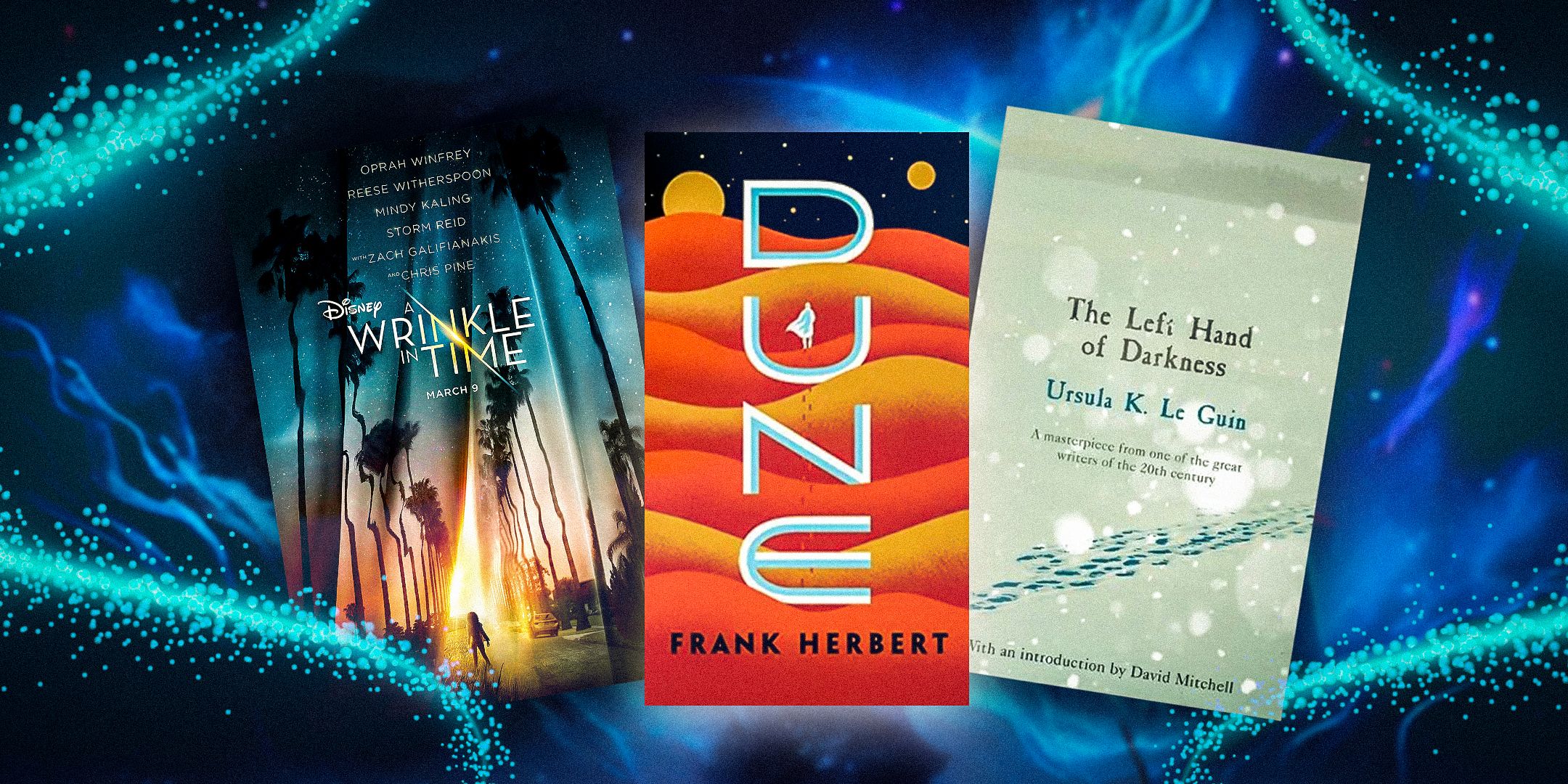
Related
8 Books That Perfectly Blend Fantasy & Sci-Fi
The sci-fi and fantasy genres frequently go hand in hand, but only a few books blend them so well that the line between story types is blurred.
1 The Long Way To A Small, Angry Planet (2014)
Written by Becky Chambers
It’s inarguable that the future of sci-fi resides with the incredible female authors who are pushing the genre forward, and this includes Becky Chambers. The writer behind many exciting new works, like The Long Way to a Small, Angry Planet, Chambers is cornering the market on science fiction that invites its audience into the narrative with warmth and sensitivity, more akin to solar punk than steampunk. The novel features a delightfully eccentric ensemble cast of characters and a compelling protagonist who hitches a ride on a classic spaceship.
The Long Way to a Small, Angry Planet combines elements of fantasy and themes of found family into its narrative, which appeals to new generations of audiences who are looking for a relatable message in their books. Chambers incorporates diverse arrays of characters with complex gender identities and sexualities who come from all across the galaxy into her writing, ensuring there’s space for everyone in her adventure. Though it’s a more feel-good story than the darker side of the genre, there’s a clear place for these works in the sci-fi canon.




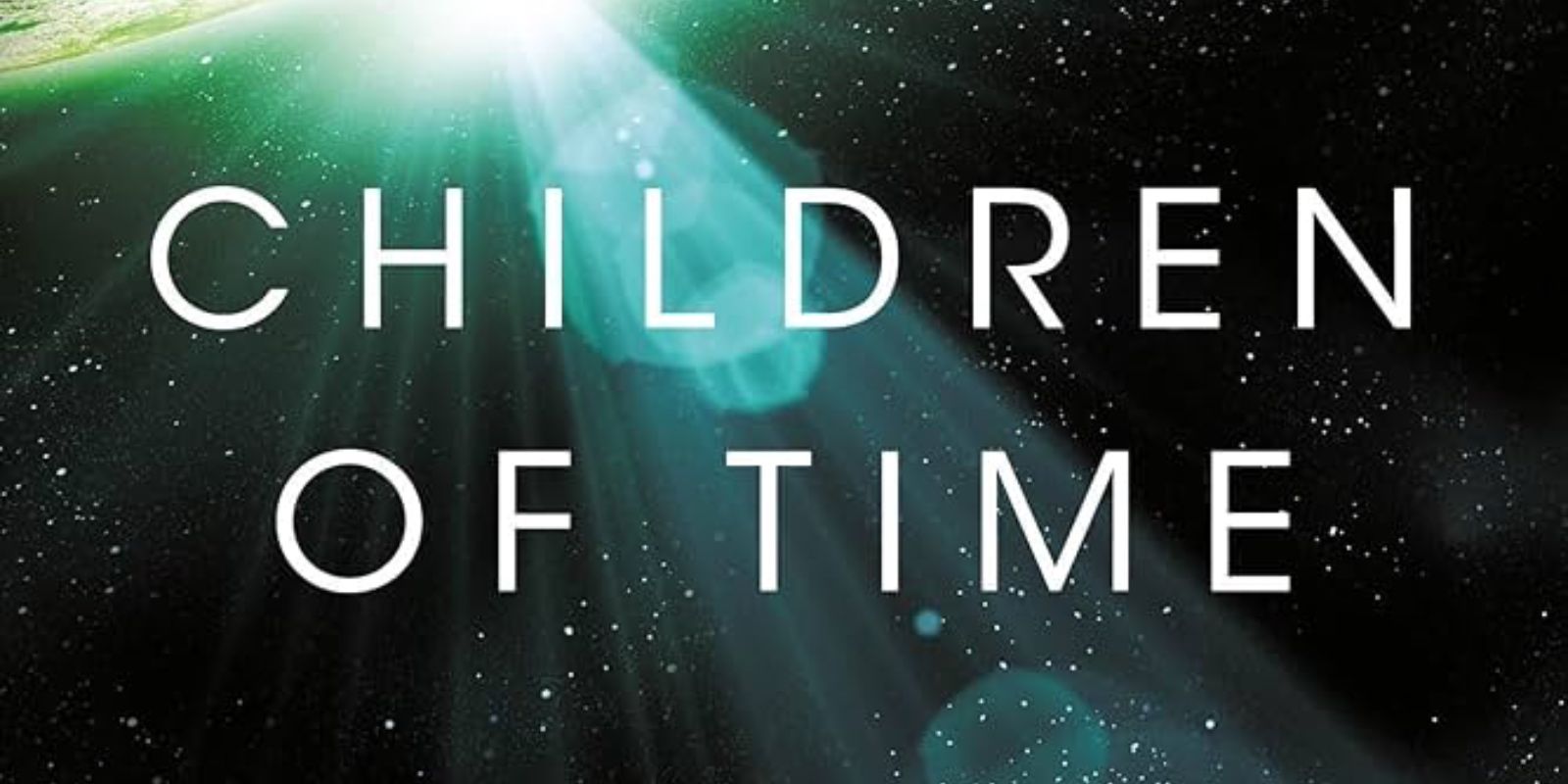
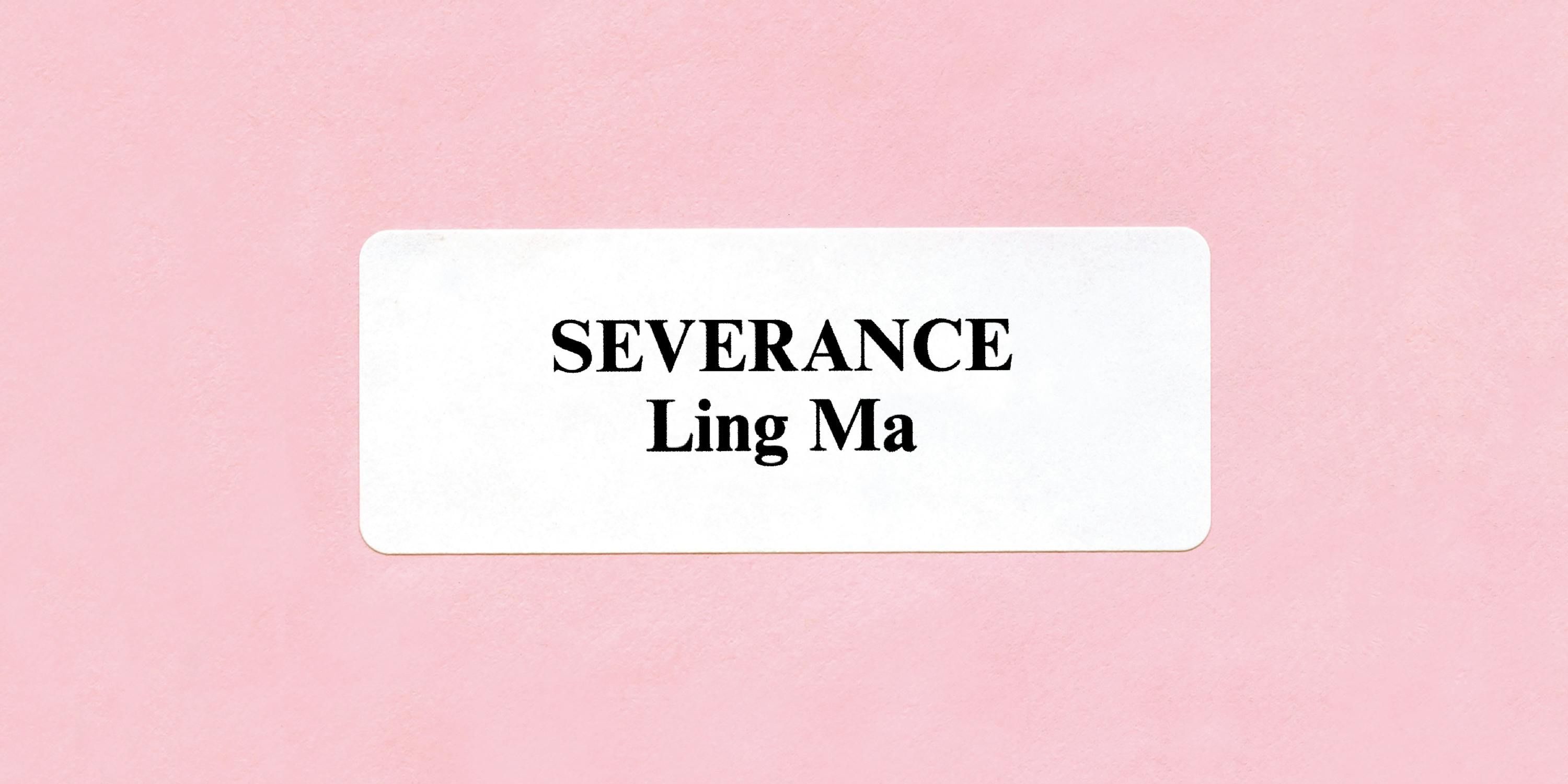
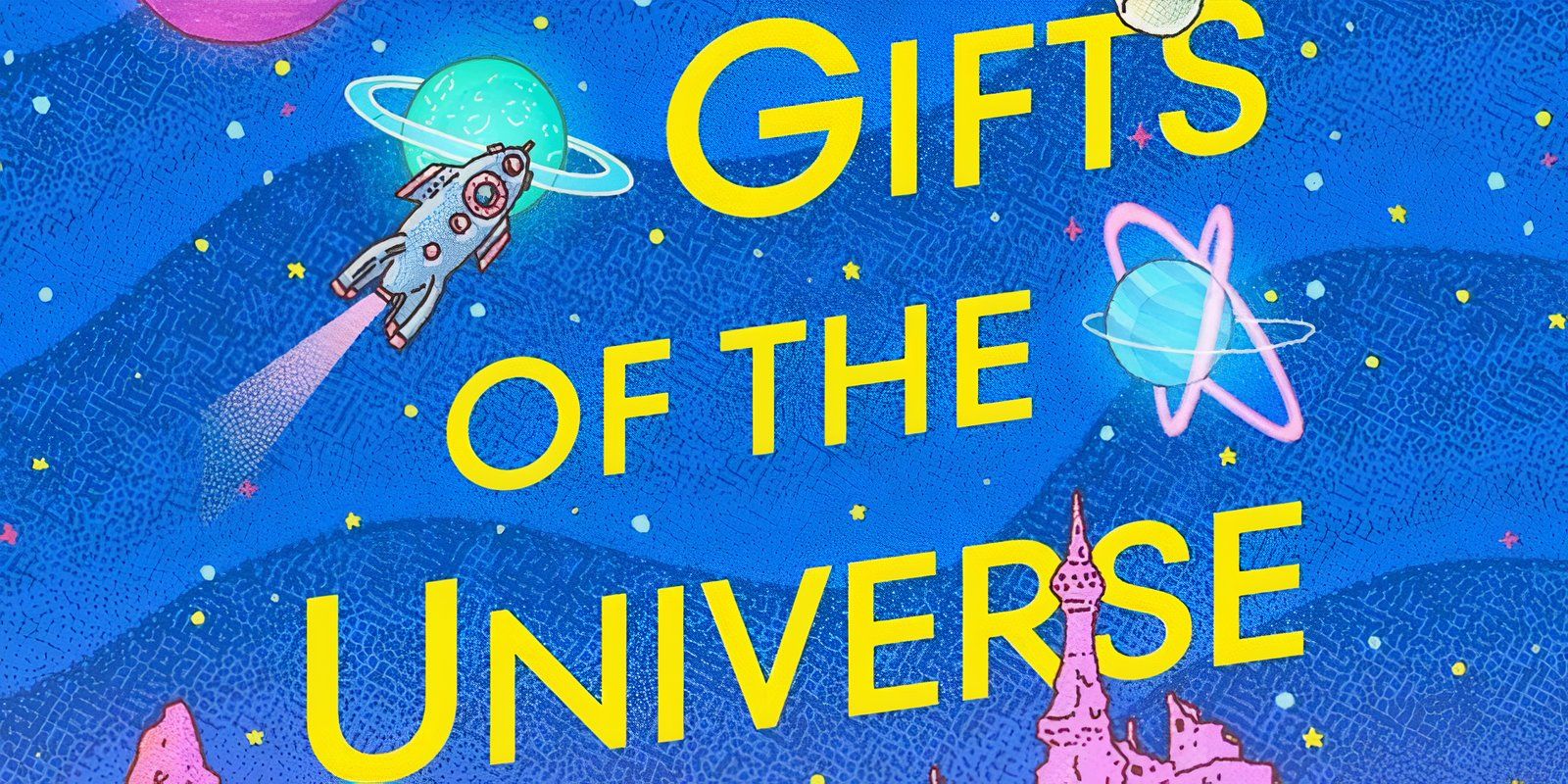
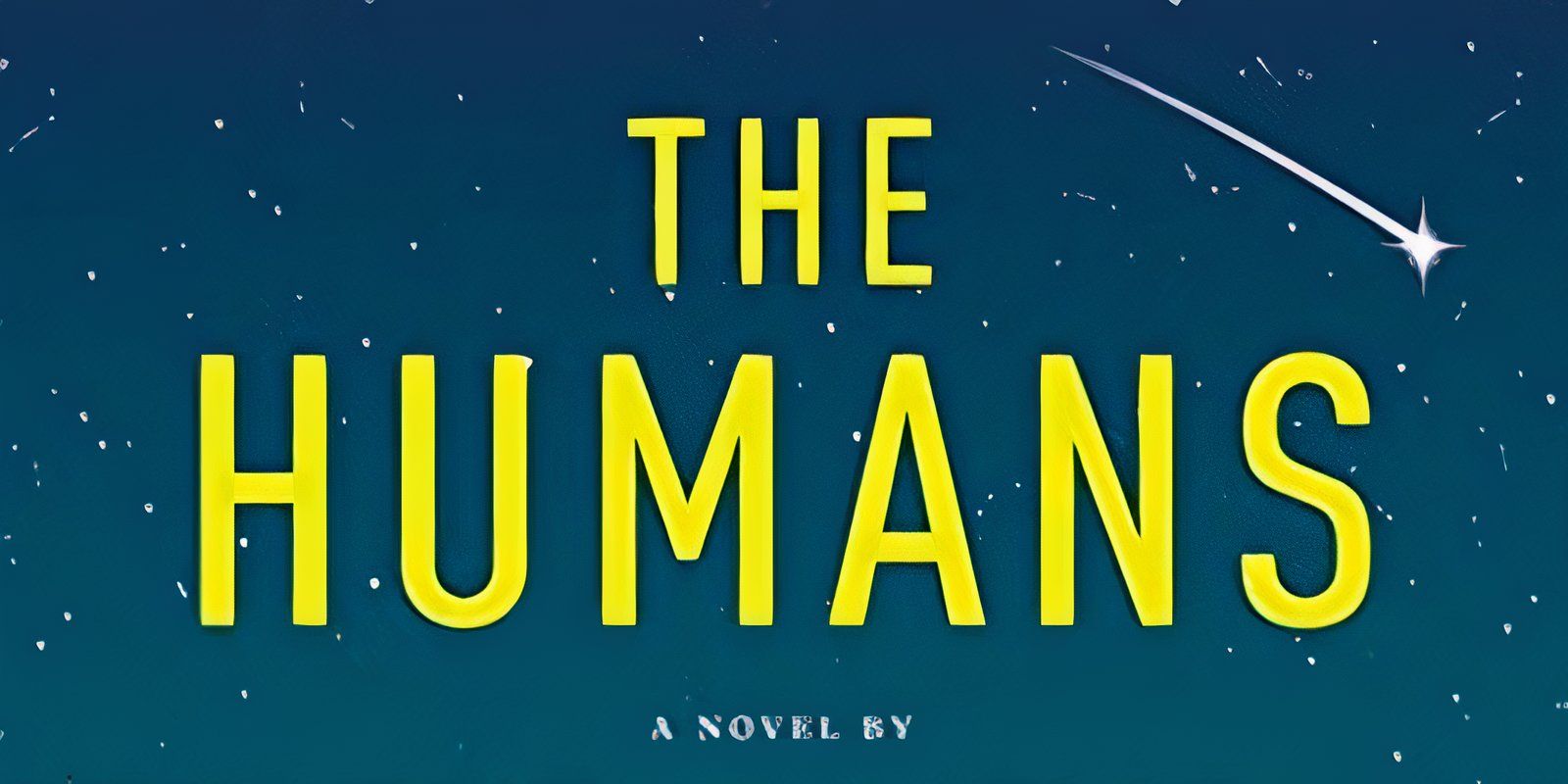
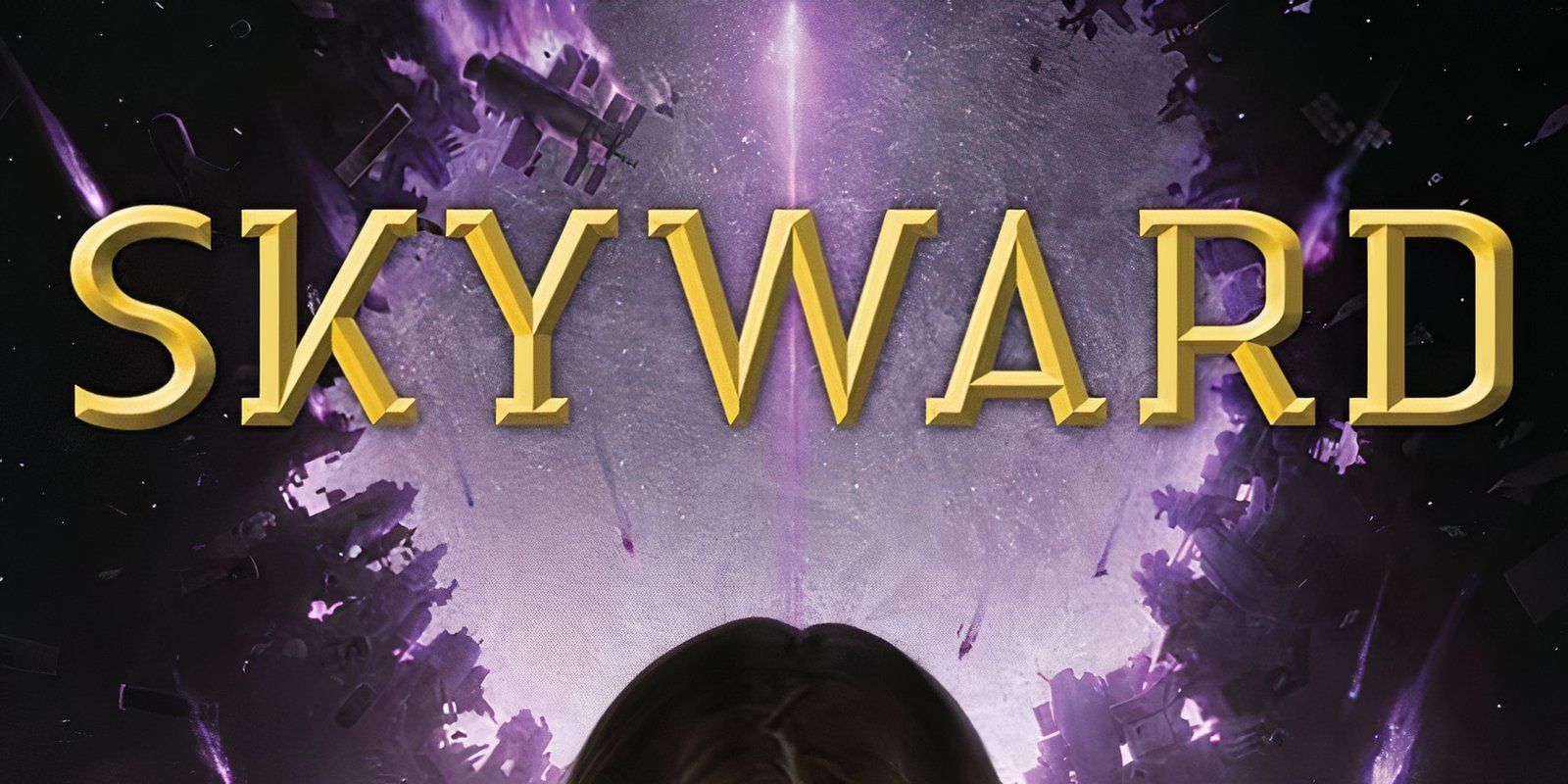
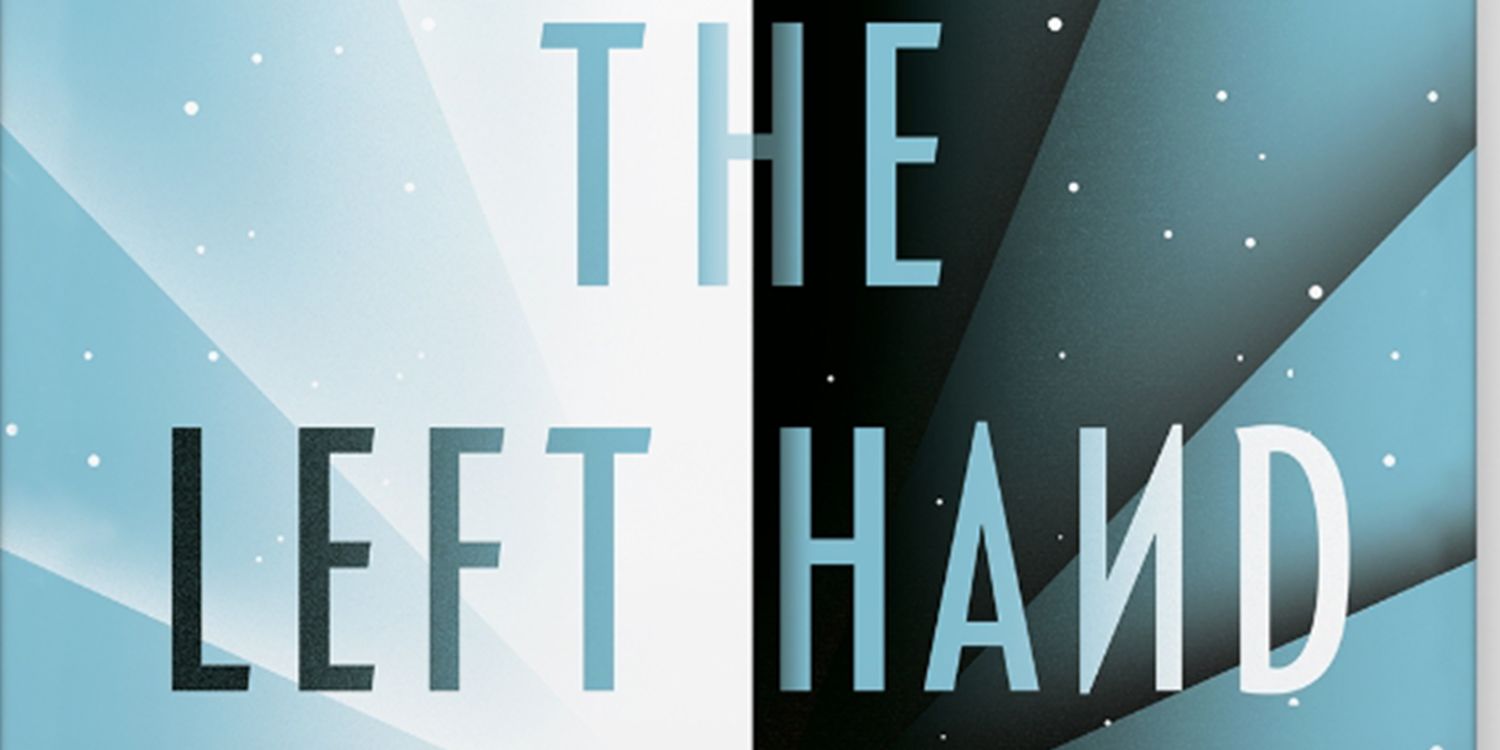
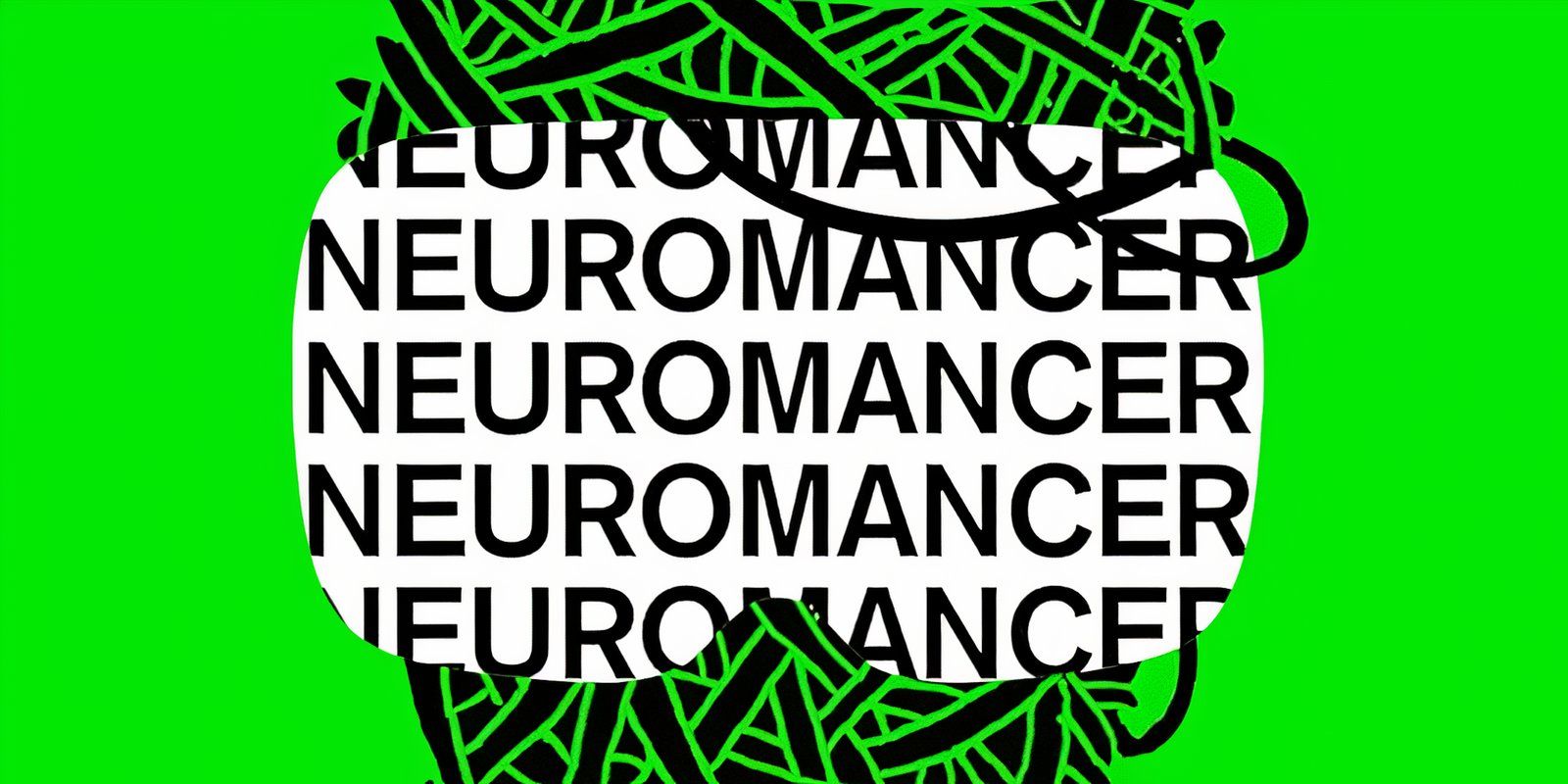
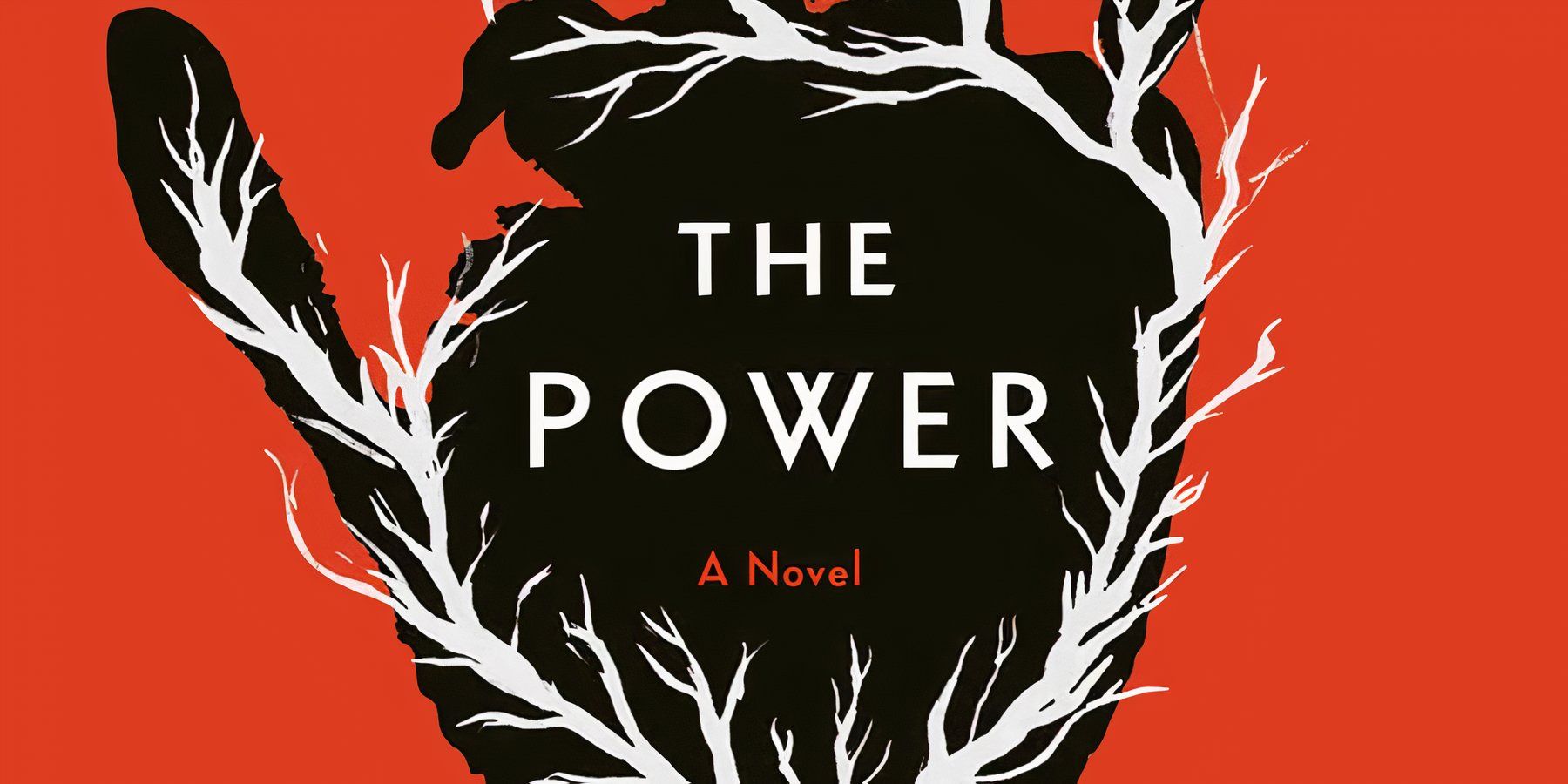
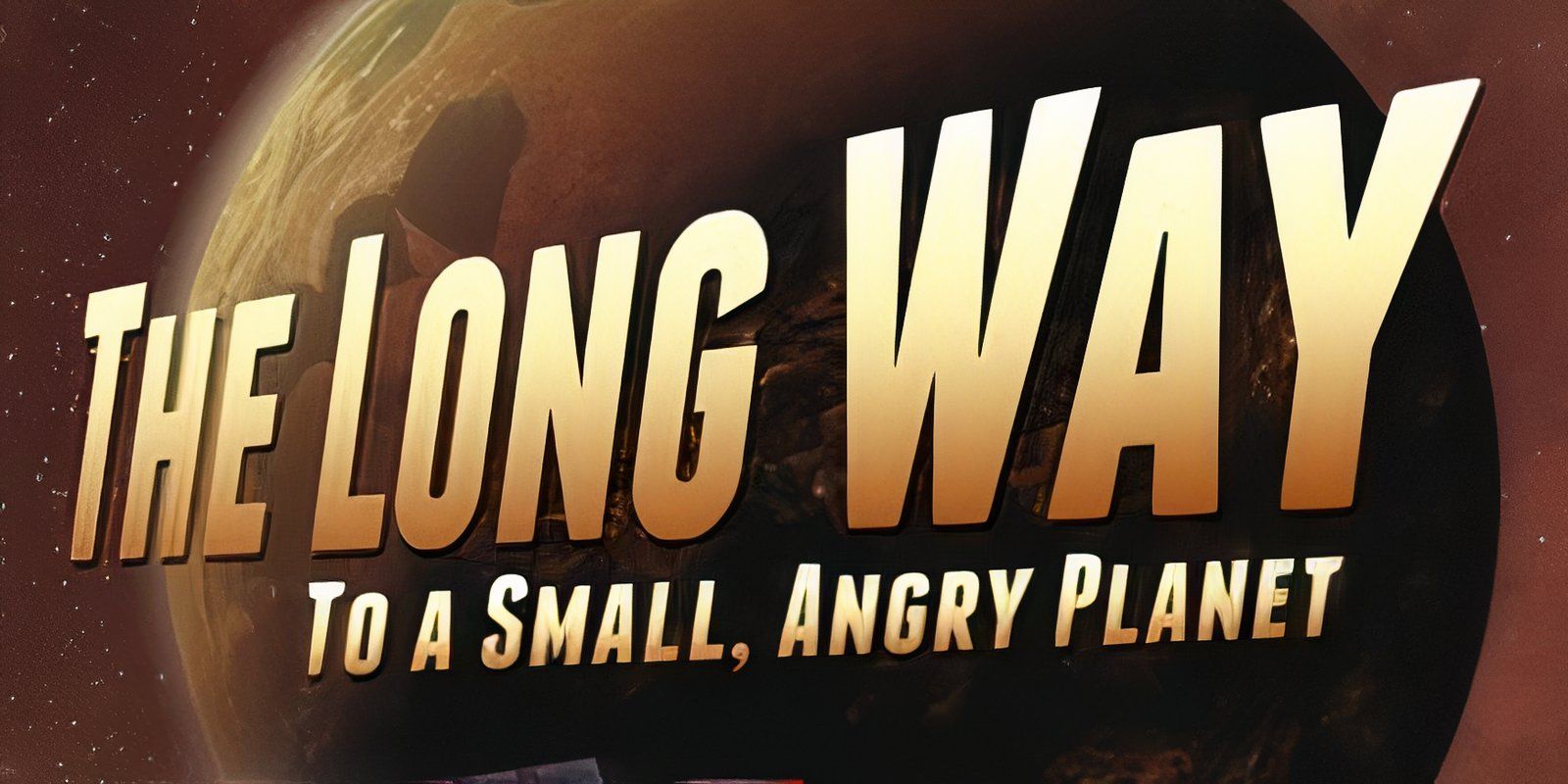

![Los productores ejecutivos de ‘Outer Banks’ planean ‘explorar’ la dinámica de Rafe y Kiara después [Spoiler] Muerte](https://i1.wp.com/www.usmagazine.com/wp-content/uploads/2024/11/Outer-Banks-Producers-Say-They-Plan-to-Explore-the-Rafe-and-Kiara-Dynamic-After-JJ-s-Death-783.jpg?w=1000&quality=40&strip=all&w=238&resize=238,178&ssl=1)
